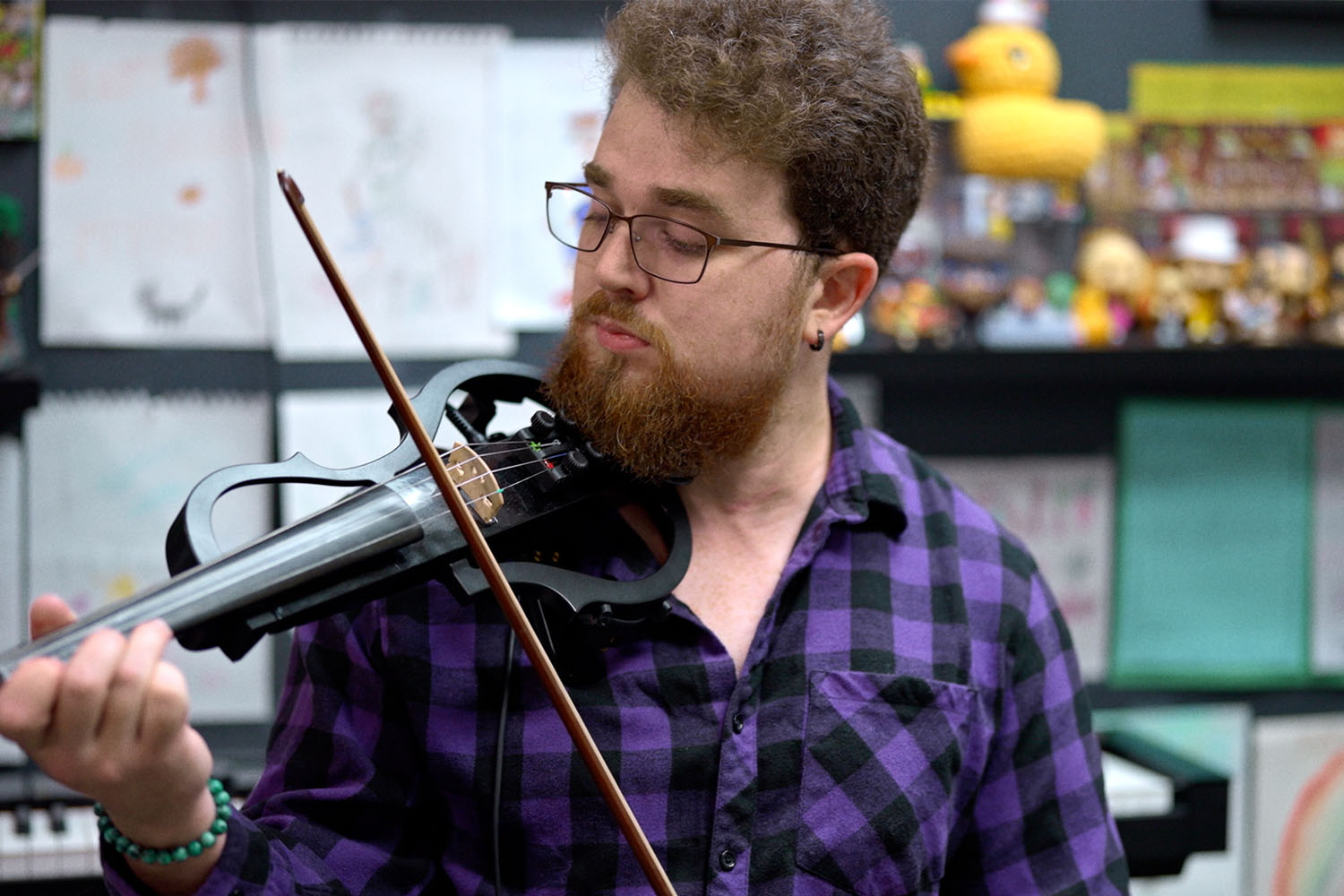While UConn’s new and returning students are settling in for the fall semester on its campuses statewide, thousands of high schoolers across Connecticut are also preparing to challenge themselves with UConn coursework.
UConn’s Early College Experience program (ECE), the nation’s oldest concurrent enrollment program of its kind, has been steadily growing in enrollment and scope since its launch in 1955.
ECE participants take courses for UConn credit in their own high schools with UConn-certified instructors. In addition to receiving early exposure to college coursework, those who later enroll at UConn earn their degrees more quickly and often graduate with multiple majors and/or minors.
More than 17,000 students participate annually in the ECE program at nearly 200 Connecticut high schools, taking advantage of access to 100 unique UConn courses across 43 university departments and/or disciplines.
While saving them money by shortening their time in college, having ECE credits helps them enter the workforce or enroll in advanced degree programs sooner – often right here in Connecticut, where many remain to build their careers, start families, and add to the state’s economy.
ECE has been an important factor in UConn’s success in having the nation’s fastest “time to degree,” a metric measured in rankings of 58 peer public research institutions, including four others with which it is tied for 4.1 years.
The program also plays a vital role in UConn’s goal under its new Strategic Plan to boost its six-year graduation rate over the next 10 years to 90% from its current level of 83%.
Sean Tomany, the principal of University High School of Science and Engineering in Hartford, says the ECE program there has allowed its students from diverse backgrounds to access college-level work.
“What makes this even better is the fact that the race and backgrounds of students in those classes are in line with makeup of our entire student body,” Tomany says. “In essence, ECE has allowed us to close the achievement gap at UHSSE. Over 50% of my students attend UConn after high school because they now believe they can do it.”
Getting that head start has provided a strong benefit for students across Connecticut who’ve taken UConn courses through ECE.
Among all students who enrolled at UConn in fall 2015, 2016, and 2017, about 84% who entered with ECE credits graduated in six years or less. Among those who did not participate in the ECE program while in high school, the figure was 76%.
Institutions track the percentage of undergraduates who receive their degrees in four- and six-year periods, a standard metric used by the U.S. Department of Education’s National Center for Education Statistics.
Being in the “six years or less” category does not mean all of those students spent a full six years pursuing their degrees. In fact, in many cases, the length was only slightly longer than four years, often by only one additional semester.
On average, between 30% and 35% of all students who matriculate from Connecticut high schools are ECE program alumni. In the past year, about 87% of high school seniors who had taken ECE courses applied to enroll at UConn, according to figures from the UConn Registrar’s Office.
“Dual enrollment courses have been an excellent opportunity to streamline the transition from high school to college. It also creates an atmosphere that is safe and comfortable,” says Jasmine Zubek, a school counselor at Fitch High School in Groton.
“Additionally, it invites students to explore the option of attending college when they may not have thought it was possible or they were capable prior to taking a dual enrollment course,” she says.
UConn is working to ensure that the high school coursework is challenging and relevant, and in light with the state’s 12 Career Cluster Pathways to support the State of Connecticut’s economic development goals.
For example, ECE education career pathways align with Neag’s course offerings, and UConn’s allied health ECE coursework has been highlighted by the State’s Office of Workforce Strategy report as a promising practice in supporting student career pathways in healthcare.
“UConn’s ECE program has done a wonderful job offering a variety of courses at various levels to meet numerous student needs,” Zubek says. “They have also done a wonderful job updating an improving each year to make things easier for all parties involved in the process.”
The UConn credits that students earn while in high school are transferrable to other institutions that have equivalent classes. In fact, 87% of credits earned through the ECE program successfully transfer to other colleges and universities nationally.
Those credits come in addition to any Advanced Placement (AP), International Baccalaureate (IB) credits that high school students may also carry with them into their UConn careers and ConnCAP credits they may also earn.
“UConn ECE is truly an exceptional opportunity for high school students across Connecticut to access the University’s incredible coursework and begin to experience what it means to be a Husky,” says Christopher Todd, executive director of the UConn Office of Early College Programs.
“From our incredible ECE instructors and partner school counselors and leaders to our amazing University faculty and staff, UConn ECE demonstrates the power that a committed community of educators can bring to supporting student success today and beyond.”



